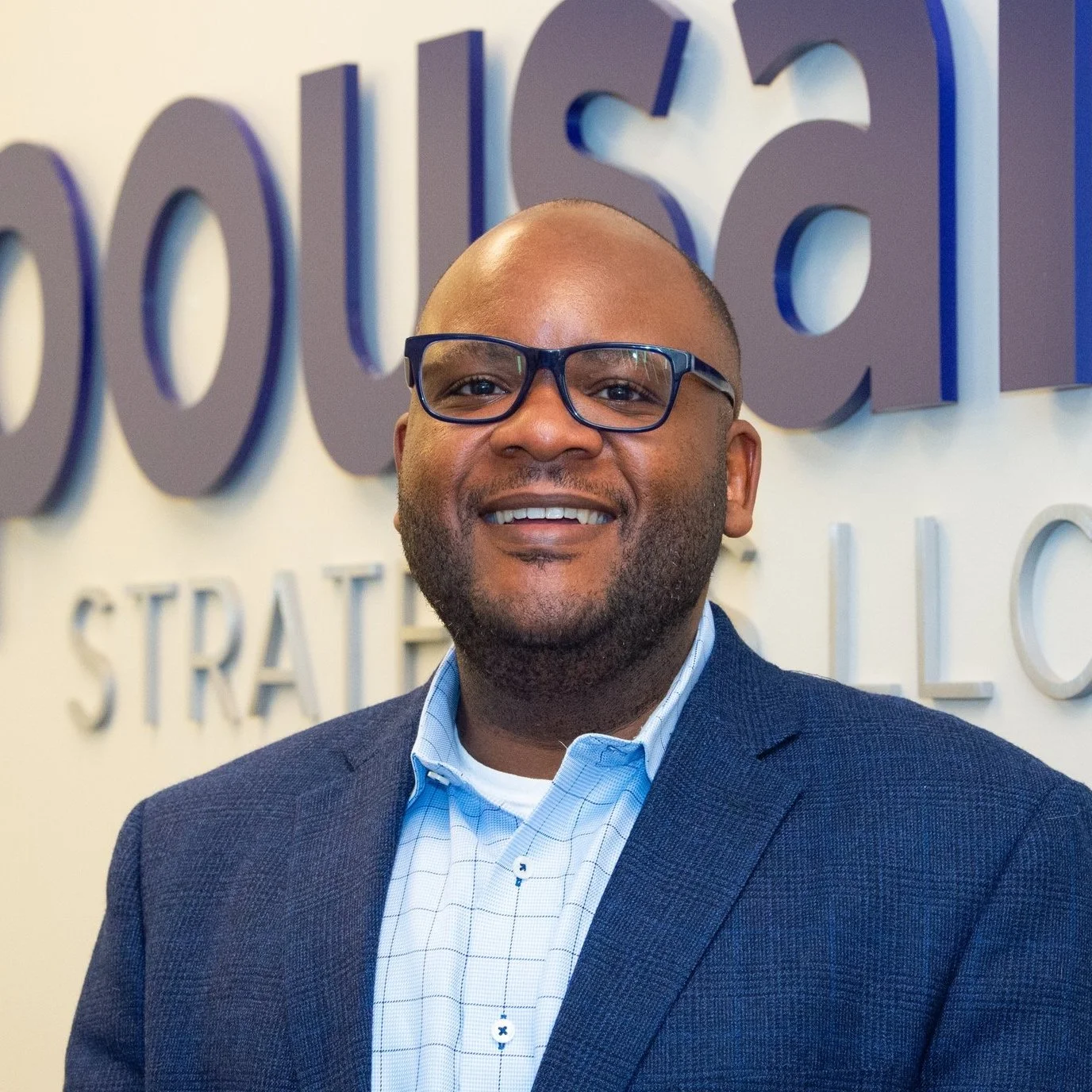Ensuring community values survive value engineering
By Johnell Bell
The purpose of every public works project is to create value for the community. Whether it’s a roundabout on a county road, an interstate bridge, or a water filtration facility, we invest in our nation’s infrastructure to improve lives and create shared prosperity.
Yet with rising inflation, public officials across the country are trying to figure out how to deliver high-quality public initiatives on budget while also delivering on their commitments – and community expectations – to equity. At Espousal Strategies, we are looking at equity differently. We believe that projects should start with an equity statement and thorough analysis of potentially impacted communities, to ensure the whole community benefits. Equity isn’t just a lens to apply or advisory group to convene, it must be embedded at every stage of project delivery. Economic conditions might require value engineering, but how can you do it without engineering out your values?
Start with Equity
When you start by centering equity and anticipating potential project risks, it is a lot easier to end with a project that generates more equitable outcomes that meet a community’s needs. At the onset of every project, we strive to produce an Equity Framework. This tool helps decision-makers define and guide measures of equity, including shared outcomes, process, historic and current context, and potential metrics. Informed by data and the perspectives of project decision-makers, staff, and community members, an Equity Framework is a critical tool for developing a shared foundation for success early on. The Equity Framework also provides a guide for the project team and community to return to over the course of the project.
Move at the Speed of Trust
As an infrastructure project moves forward, leadership should prioritize access, influence, and decision-making power for community at every step. When facilitating discussions involving the lived experiences of historically marginalized community members, who we refer to as equity priority communities, we uphold the principle that these experiences hold valuable insights that are essential to informing planning and policy decisions. We actively affirm and validate these lived experiences, ensuring they are integrated into the discussion as a legitimate form of knowledge.
Espousal Strategies aims to foster an environment where all voices are heard, respected, and reflected in the development of project goals, strategies, and recommendations.
Most importantly, the process should move at the speed of trust. When we allow trust to set the pace, we can apply an anti-oppression approach that helps clarify our shared values and identify our objectives. When timelines must move quickly due to other factors, project staff should establish a clear feedback loop with community. Creating an authentic and open dialogue with community members demonstrates how their recommendations will influence project decisions while also clarifying the boundaries of the project scope and community involvement.
From No to “How?”
Given the pressure of deadlines and limited budgets, project leaders can often feel the pressure to shut down ideas or feedback that does not fit into our narrow scope and definition of success. This can result in a binary process that pushes community to advocate for decision-makers to say “yes” to key priorities.
Instead of viewing ideas through the lens of “yes” or “no”, project teams should start with asking the question: “how?” Many of the benefits communities want to see on projects are part of a larger regional need – this may include priorities like affordable housing, clean air or access to childcare. These issues also often have other agencies and groups working on them, creating opportunities for collaboration or coordination while also identifying the boundaries of the project scope.
For example, let’s say the project team and community share the goal of increasing the number of women in the trades. A major barrier is childcare. The project cannot afford to cover the cost of on-site childcare. However, there are multiple agencies and public projects nearby that also have a workforce with childcare needs. Can the programs coordinate to identify funding sources that could be combined to provide childcare vouchers or open a shared facility to support those needs?
When we look at community benefits through the lens of “how”, we orient ourselves towards shared prosperity. We can achieve more when we take the opportunity to go beyond building a project to building a system.
A Project for People
At the end of the day, our goal is for each member of the community to look at a project and see themselves and their values reflected. This means knowing a family member who got a great living wage job that changes their life, a local business that worked on the project and doubled their staff, or a community-led organization developing their first project on surplus property created by the construction.
Funding constraints are no excuse to squeeze equity out of a project. When we listen to the voices of our community, we can identify opportunities to develop dynamic projects that change our region and generate shared prosperity. By moving from a zero-sum mindset to systems thinking, we can build great projects and create opportunities that ripple across generations.
Author
Additional Resources
We hope that you found this content meaningful and helpful in your company’s path toward becoming an antiracist organization.
What’s next?
Continue to dig in to our Culture Change Roadmap for more best practices, core elements, and guided learning.

